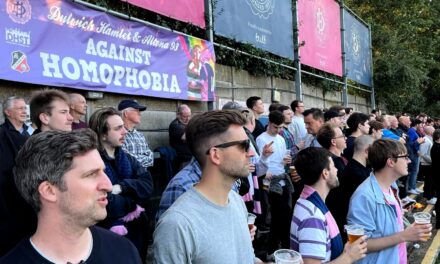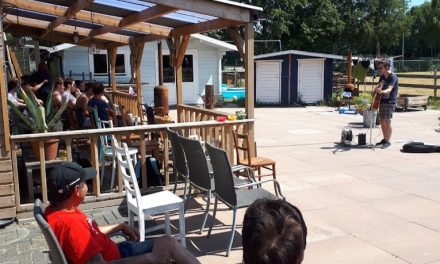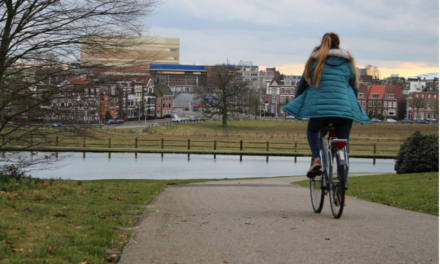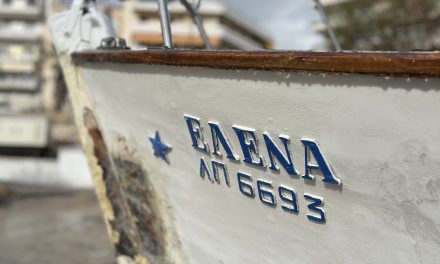
Diptych made by J. Kruit
When emotions overwhelm us, we search for a way to vent them. Especially the last year has shown that art can be a solution to regulate your emotions. We all still remember the different initiatives that made the news. People giving live performances on the streets, how people sang from their balconies and how baking turned into excessive decorating.
Janine Kruit is an artist, art and Dutch teacher at multiple public schools. She has many years of experience with art, both on a professional and personal level. Art has been of great importance in her life to express herself, especially during times when extreme positive and negative emotions stood out.
In her past, creativity was a more unconscious tool to deal with struggles of daily life. She explains that up until this day it is visible that children spontaneously use art in many ways to express themselves, they just don’t call it art. Think of drawing, pottery, singing and all kinds of other creative expressions. When we grow up these creative expressions tend to become less and lesser. We use conversations with friends or psychologists to vent our emotions, which is also helpful but for some of us not enough.
Since art is a solution, how does it work? Ms. Kruit explains how the brain changes when we produce art. To start open-minded is an important condition. The word already expresses how it works: the mind opens, and emotions can run free.
She feels there is a difference in producing art as a job or as a way to vent emotions. “As a professional I have to pay attention to many questions: for whom am I making this, what are the costs, what is the deadline, have I fulfilled the assignment? This differs a lot to when I produce art for me, to express my emotions. I have no restrictions, not in time, material, costs or anything else. The only condition is to show my current feelings. It feels free.”
Kruit quotes a saying from G.B. Shaw: ‘You use a glass mirror to see your face: you use works of art to see your soul.’ This quote gives words to her feelings. During a very difficult period in her life, it was hard to speak about the struggle inside. There seem to be not enough words to express inner feelings. The soul felt ‘locked’ and unable to express frustration until she started painting. The painting started without an intention, there was only this need inside to tell with colours, with movement, with structure. It resulted in two abstract paintings. Feelings of joy can also be quite overwhelming. If we feel deeply touched by nature it is hard to find words. This feeling might not directly ask for a ‘solution’ but does give input to express ourselves without words. Ms Kruit tells how such an experience resulted in a work of art as well.
In a society where the emphasis is on verbal expression to vent our emotions, we often exclude other solutions. Although creative therapy does exist, it is usually only used in certain situations and under supervision. We sometimes feel reluctant to call the product of creative therapy art.
Kruit feels that all creative processes have art as a common denominator. “Art is never dull, and there is no wrong opinion about art. This enhances freedom.” Freedom is exactly the thing we missed during the last year. If we feel frustrated and the need to express ourselves grows bigger and bigger but the possibilities to do so are less and lesser, we can find the solution in art. For in the end, we are all born creative, we just have to find it back.



